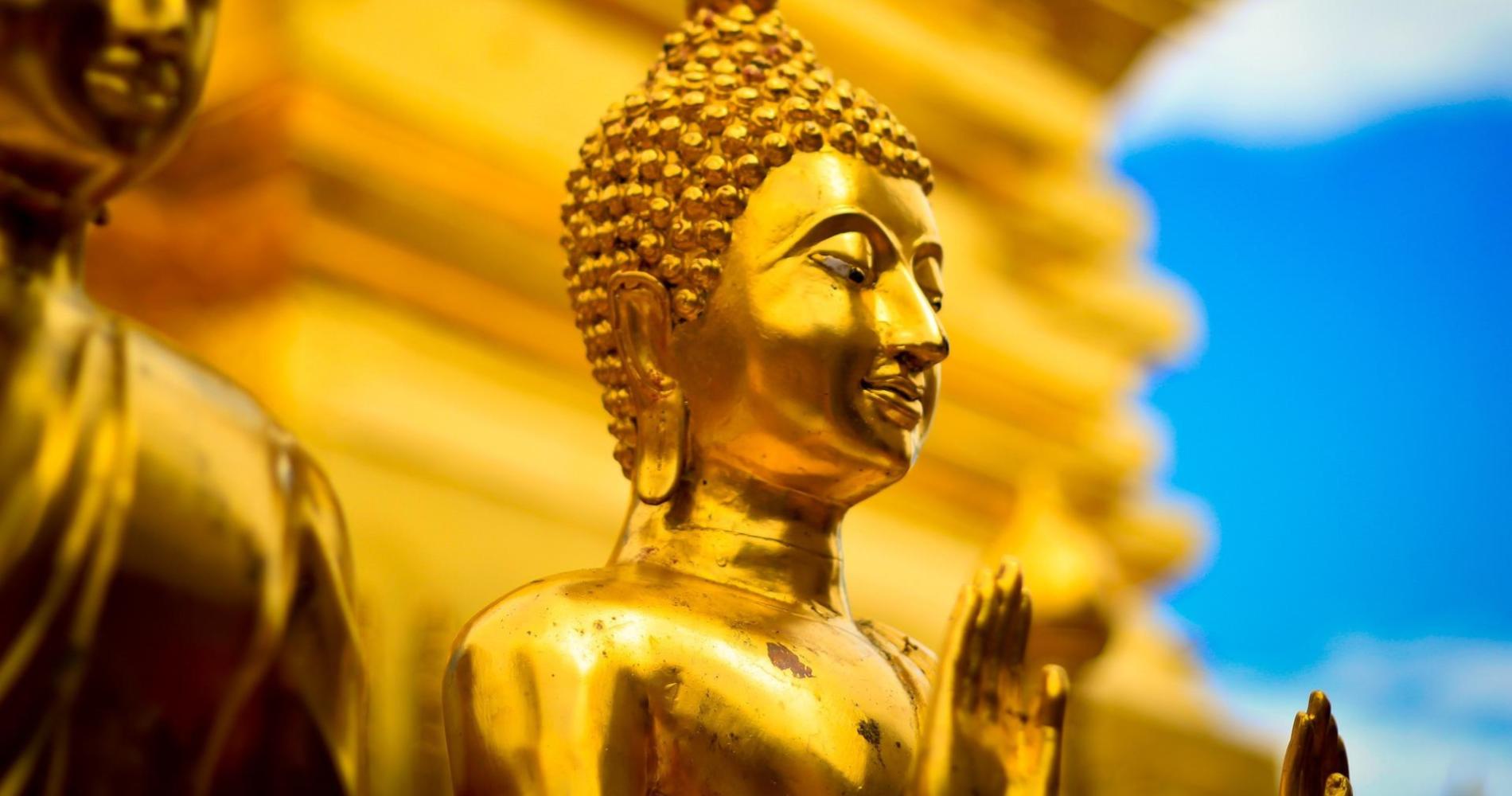In recent years, the Kingdom of Thailand has kept a careful eye on drones being flown randomly by the population at large and, more recently, by tourists posting about their holidays on social media.
The Thai government established clear rules determining that anyone who wants to fly a drone would need permission from the Civil Aviation Authority of Thailand, the agency responsible for regulating drones, and comply with the National Broadcasting and Telecommunications Commission. The Royal Thai Police, with its national Central Investigation Bureau, is gearing up against drone threats.
The popularity of drones is undeniable, and the increase in drone sales in Thailand has raised terror risk concerns. Although most are flown recreationally by hobbyists or professionally for photography, real estate, construction surveying, and agriculture, some can potentially be used for intelligence gathering in and around military facilities.
In recent incidents, law enforcement reported seizing drones attempting to fly over Bangkok’s Royal Palace, government property, military grounds and even airports. The law explicitly states that all drones equipped with cameras must be registered – any drone weighing more than 2 kg must be listed at the CAAT aviation authority, and drones over 25 kg would need to register with the Ministry of Transportation. Reports show that many drones have entered prohibited areas and controlled airspace.
Limitations on the operators have also been put in place – any tourist over twenty years old wanting to enter the country with a drone and use it safely must register upon landing for a two-year registration with the NBTC and CAAT and provide a passport number, drone serial numbers, and a drone insurance policy. As expected, flying any drone within nine kilometres of any airport or airfield is forbidden. No autonomous drones are allowed with a pre-programmed flight path, as a line of sight is always required.
Unfortunately, legislation cannot cover all bases. Unregistered drones are used daily for leisure by tourists or private individuals and can pose possible threats. To prevent incursions, critical infrastructures need to be protected with EO/IR target verification systems and radar precision trackers, creating a full turnkey solution that detects, identifies, and tracks drones and provides proper intelligence for geolocation.
Law enforcement authorities would, without a doubt, require mobile systems for large events, demonstrations and public gatherings. The last mass event occurred during King Bhumibol’s funeral in 2017, where a crowd of a quarter of a million people witnessed the ceremonies, creating an easy target for anti-government or terrorist activity. Similar events must be protected using a mobile unit to be deployed and detect any intrusion.
Detecting unauthorised drones flying over restricted areas and enforcing strict rules would require the right tools, training, and infrastructure. Only a strong legislative foundation and the right resources would allow law enforcement to mitigate UAS attacks successfully. Deploying counter-drone systems in specific perimeters would require mobile and fixed anti-drone solutions.

